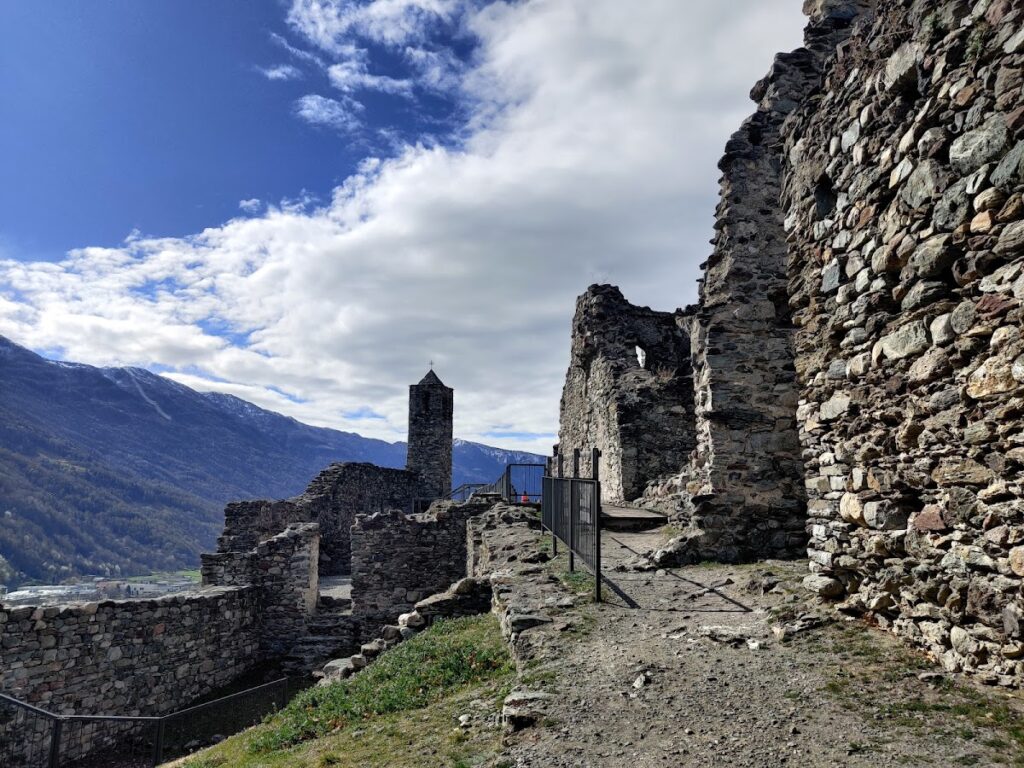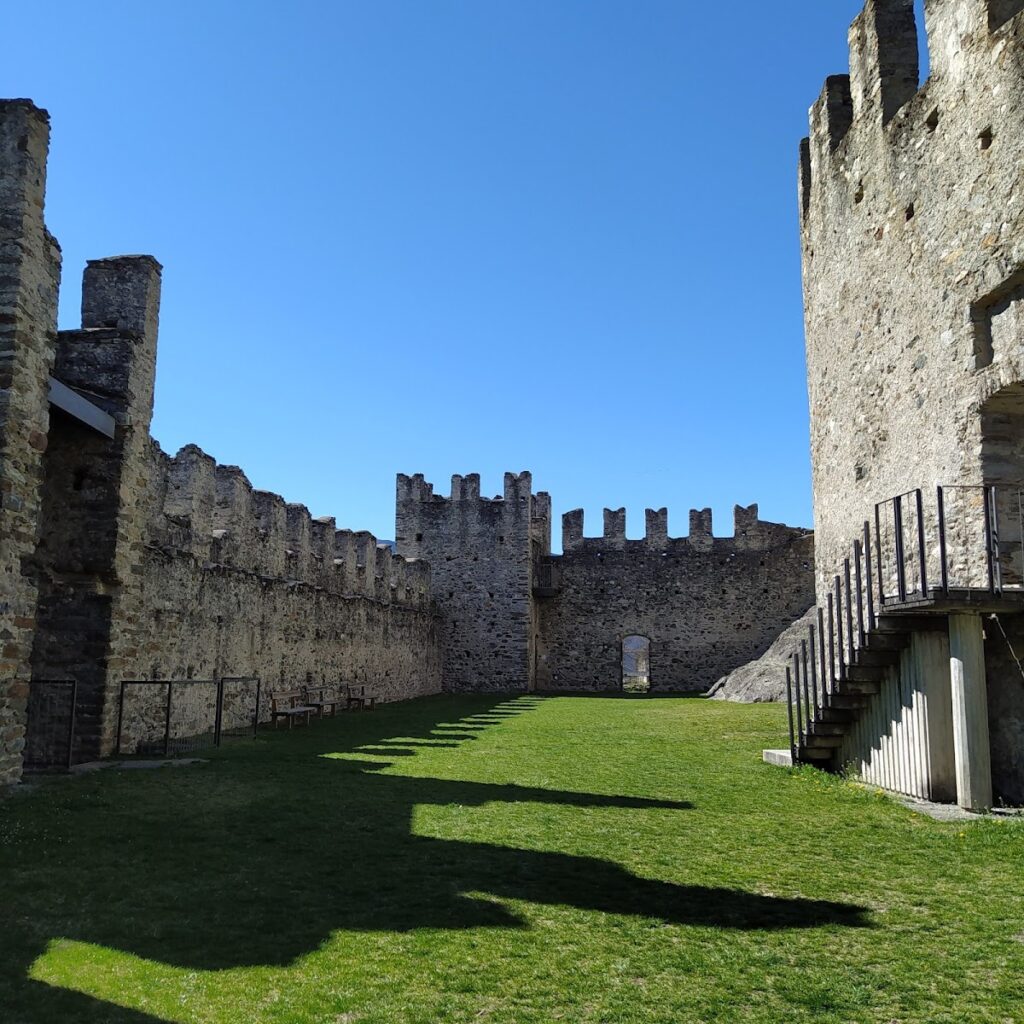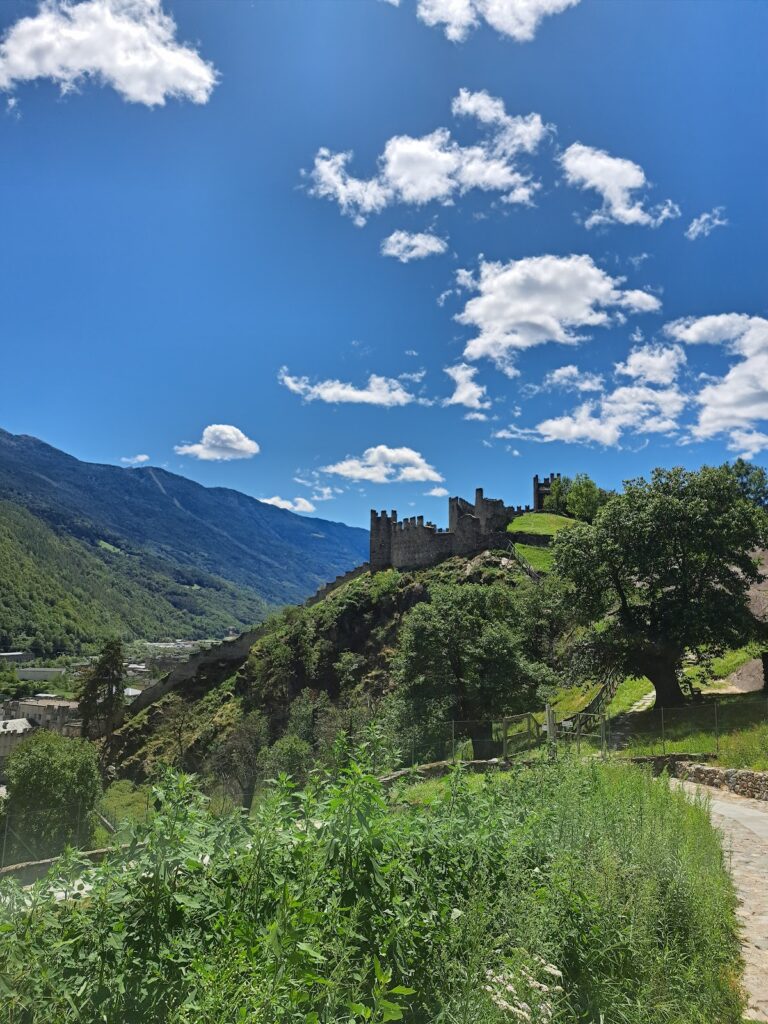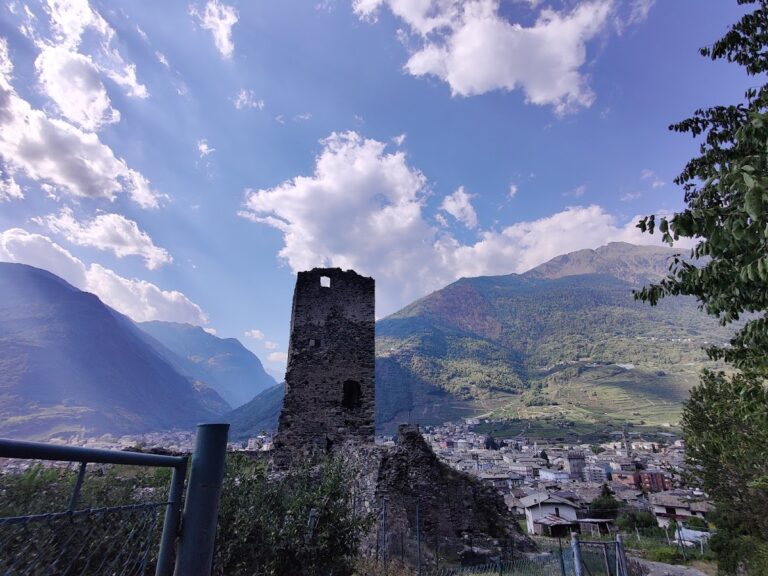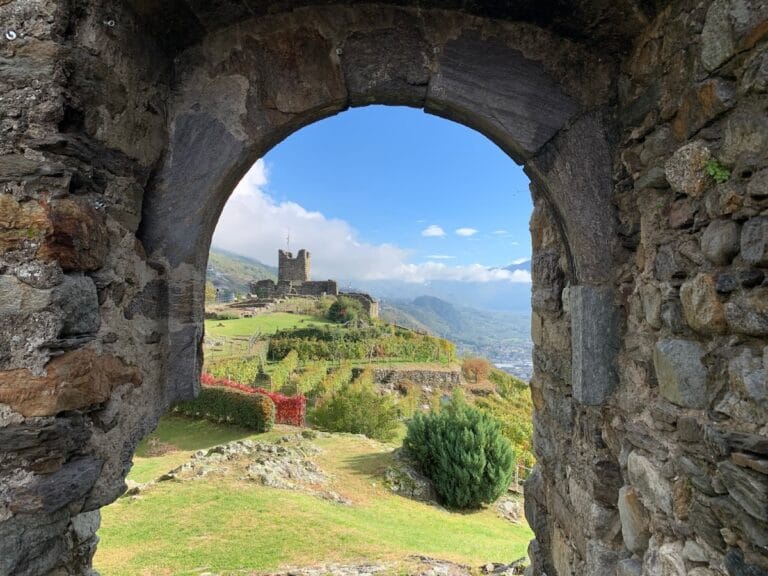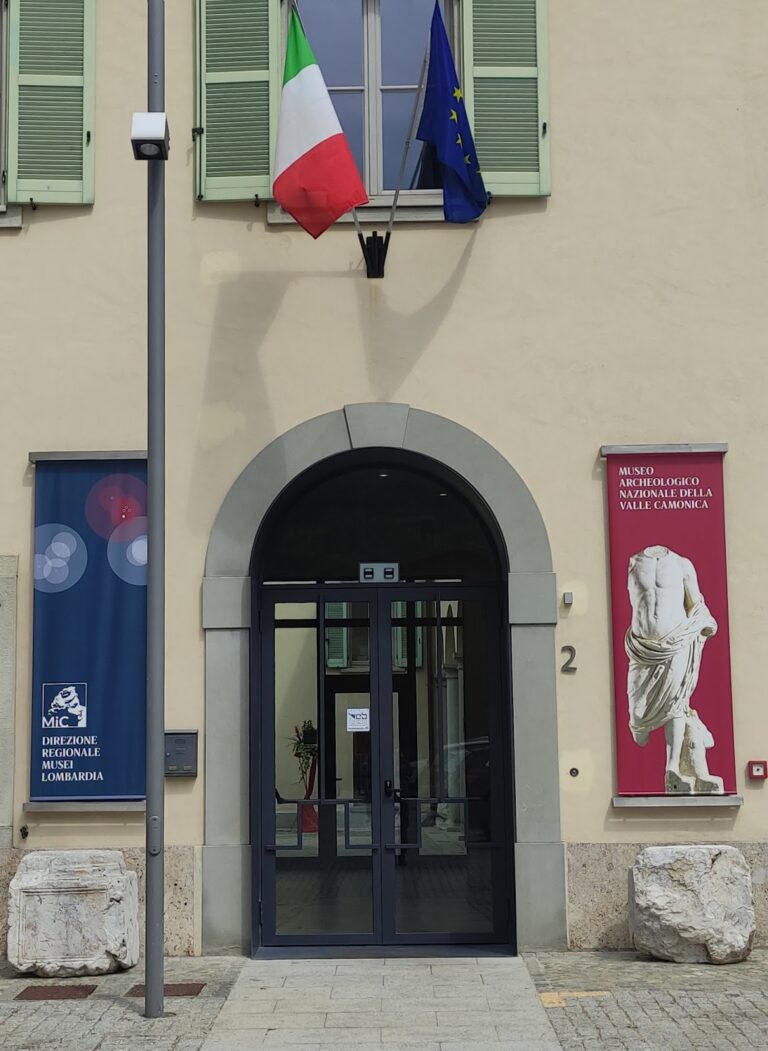Castle of San Faustino: A Medieval Fortress in Grosio, Italy
Visitor Information
Google Rating: 4.6
Popularity: Very Low
Official Website: www.parcoincisionigrosio.it
Country: Italy
Civilization: Unclassified
Site type: Military
Remains: Castle
History
The Castle of San Faustino is located in the municipality of Grosio, Italy. This fortress was constructed around the 10th to 11th century by the Bishop of Como as part of efforts to control important routes through the valley.
The castle first enters written records in 1150, referred to as “Castrum Groxii” in documents from the Como ecclesiastical authorities. It belonged to the Pieve di Mazzo jurisdiction and included a church dedicated to Saints Faustino and Giovita. This church likely existed before the castle and was later incorporated as the castle’s chapel. The choice of these saints reflects close economic and cultural connections between the Valtellina and Valcamonica regions at that time.
In earlier times, the site had sacred significance. Excavations in 2000 uncovered a funerary chapel dating back to the 6th century, which contained privileged tombs cut into the rock. This shows that the location was considered important long before the castle was built.
By the late 16th century, the castle was abandoned by the Venosta family, who had been its custodians. Following this abandonment, both the fortress and its chapel gradually fell into decline and ruin.
Remains
The present remains of the Castle of San Faustino consist mainly of ruins dominated by the Romanesque bell tower of the church dedicated to Saints Faustino and Giovita. This bell tower is a prominent feature that helps identify the original religious aspect of the site. Archaeological work has revealed that the castle once extended across almost the entire hill, particularly to the north, indicating a much larger fortified area in the past.
The surviving walls delineate the castle’s perimeter and identify some of its structural components. The buildings appear to have been adapted closely to the natural rocky slopes of the hill, suggesting the site was shaped more by the terrain than by purely defensive considerations.
Historical and archaeological evidence points to the castle forming a large fortified village typical of the early medieval period. This castrum was enclosed by defensive walls that encircled the entire hill known locally as Dosso dei Castelli.
One of the most significant discoveries during excavations was the 6th-century funerary sacellum—a small chapel for burial rites. This sacellum included two privileged tombs carved directly into the rock, signifying an honored status for those buried there. This early sacred structure underlines the longstanding spiritual importance of the location before it developed into a medieval fortress.
